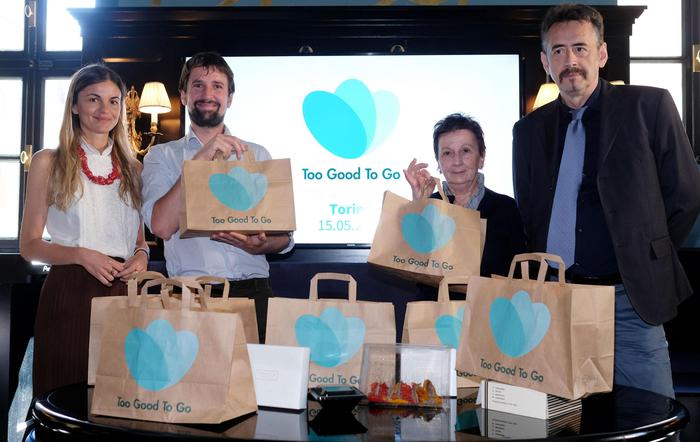Italy top for circular economy among EU big guns – Business – Ansa.it
Italy top for circular economy among EU big guns ANSA Brasil


Italy Ranks First in Circular Economy Among EU Big Guns

Italy ranks first among the EU big guns when it comes to the circular economy, according to a report released on Friday by the Circular Economy Network (Cen) and the National Agency for New Technology, Energy and Sustainable Economic Development (Enea).
Comparison of EU’s Five Largest Economies
The report compared the performance of the EU’s five largest economies – Italy, France, Germany, Spain, and Poland – using the European Commission’s circular-economy indicators.
- Italy came first with 45 points
- Germany came second with 38 points
- France came third with 30 points
- Poland and Spain tied for fourth place with 26 points each
Understanding Circular Economy
In a circular economy, existing materials and products are shared, leased, reused, repaired, refurbished, and recycled for as long as possible in order to decouple environmental pressure from economic growth.
ALL RIGHTS RESERVED © Copyright ANSA
SDGs, Targets, and Indicators
1. Which SDGs are addressed or connected to the issues highlighted in the article?
- SDG 12: Responsible Consumption and Production
The article discusses the concept of a circular economy, which is closely related to SDG 12. The circular economy aims to promote sustainable consumption and production by maximizing the use of resources and minimizing waste.
2. What specific targets under those SDGs can be identified based on the article’s content?
- Target 12.2: By 2030, achieve the sustainable management and efficient use of natural resources.
- Target 12.5: By 2030, substantially reduce waste generation through prevention, reduction, recycling, and reuse.
The article mentions that Italy ranks first in the EU when it comes to the circular economy. This indicates that Italy is making progress towards achieving the targets under SDG 12, specifically in terms of sustainable resource management and waste reduction.
3. Are there any indicators mentioned or implied in the article that can be used to measure progress towards the identified targets?
- Circular-economy indicators: The European Commission’s circular-economy indicators are used in the report to compare the performance of different countries. These indicators can be used to measure progress towards achieving sustainable resource management and waste reduction.
The article explicitly mentions that the report used the European Commission’s circular-economy indicators to assess the performance of Italy and other EU countries. These indicators serve as a measurement tool for tracking progress towards the targets under SDG 12.
4. Table: SDGs, Targets, and Indicators
| SDGs | Targets | Indicators |
|---|---|---|
| SDG 12: Responsible Consumption and Production | Target 12.2: By 2030, achieve the sustainable management and efficient use of natural resources. | Circular-economy indicators |
| SDG 12: Responsible Consumption and Production | Target 12.5: By 2030, substantially reduce waste generation through prevention, reduction, recycling, and reuse. | Circular-economy indicators |
Copyright: Dive into this article, curated with care by SDG Investors Inc. Our advanced AI technology searches through vast amounts of data to spotlight how we are all moving forward with the Sustainable Development Goals. While we own the rights to this content, we invite you to share it to help spread knowledge and spark action on the SDGs.
Fuente: ansabrasil.com.br

Join us, as fellow seekers of change, on a transformative journey at https://sdgtalks.ai/welcome, where you can become a member and actively contribute to shaping a brighter future.







